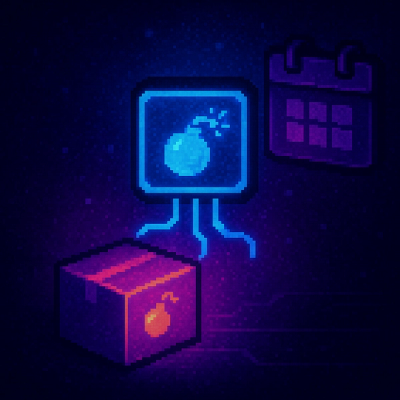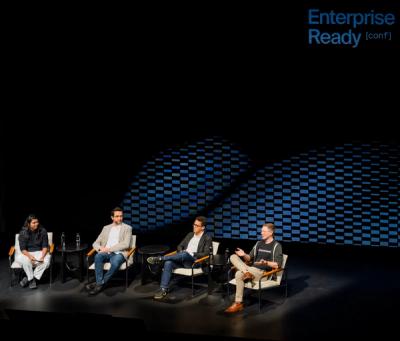
Security News
OWASP 2025 Top 10 Adds Software Supply Chain Failures, Ranked Top Community Concern
OWASP’s 2025 Top 10 introduces Software Supply Chain Failures as a new category, reflecting rising concern over dependency and build system risks.
The Leo command line interface
After installaction: Quick Start Guide: https://github.com/LeoPlatform/Leo
Overview of the Leo Platform: https://docs.leoplatform.io
npm install leo-cli -g
A system provides you the opportunity to create a cohesive group of microservices. It is not required, but gives you a moment to consider the overall structure of your project. The leo-cli create commands will create a directory.
leo-cli create system MySystem
cd MySystem
A microservice is the central architectural construct
leo-cli create microservice MyService
cd MyService
Microservice exposed via REST.
leo-cli create resource MyAPI
cd MyAPI
A front-end application. Also considered a microservice
leo-cli create react MyReactApp
cd MyReactApp
Additional tools for Leo front-end applications:
LEO Authentication - Helps provide cognito authenticated api calls
LEO Authorization - A Front-end Authorization framework that is modeled after AWS Permission structure
Front End Specific Configuration - Configure AWS Cognito for Front End apps
Bots must be created inside a microservice directory
cd /MySystem/MyService
leo-cli create load MyLoadBot
leo-cli create enrich MyEnrichBot
leo-cli create offload MyOffloadBot
leo-cli create bot MyBot
leo-cli create cron MyCronBot
Inside a bot directory
cd /MySystem/MyService/bots/MyBot
leo-cli test .
Inside a bot or resource directory
cd /MySystem/MyService/bots/MyBot
leo-cli run .
Publishing a microservice will build all needed lambda functions into zip files and a cloudformation file. Those files are then uploaded to your publish s3 bucket.
The publish command must be run from a micorservice or bot directory
leo-cli publish
As of version 2.0.0, leo_cli_config.js and leo_config.js are required to be able to publish. See leo-config for config details. Config files are automatically created as part of the Quick Start.
options
Version of the build using the microservice or bot package.json file. If a bot is forced to be built and has the same version number the current timestamp will be appended to he version
Publish a Microservice with all new/updated bots
cd /MySystem/MyService
leo-cli publish
Publish a Microservice and force all bots to build
cd /MySystem/MyService
leo-cli publish --force all
Publish a single bot in a Microservice
cd /MySystem/MyService/bots/MyBot
leo-cli publish
Publish a single bot or resource in a Microservice
cd /MySystem/MyService/bots/MyBot
leo-cli publish
cd /MySystem/MyService
leo-cli publish --filter MyBot
The deploy command can only be run after a microservice has been published. You must be inside a microservice directory to deploy.
The second parameter is the name of the AWS Stack for the microservice.
cd /MySystem/MyService
leo-cli deploy . TestMyService
leo-cli deploy . StageMyService
leo-cli deploy . ProdMyService
Want to hire an expert, or need technical support? Reach out to the Leo team: https://leoinsights.com/contact
FAQs
A Nodejs interface to interact with the Leo SDK and AWS
The npm package leo-cli receives a total of 30 weekly downloads. As such, leo-cli popularity was classified as not popular.
We found that leo-cli demonstrated a not healthy version release cadence and project activity because the last version was released a year ago. It has 7 open source maintainers collaborating on the project.
Did you know?

Socket for GitHub automatically highlights issues in each pull request and monitors the health of all your open source dependencies. Discover the contents of your packages and block harmful activity before you install or update your dependencies.

Security News
OWASP’s 2025 Top 10 introduces Software Supply Chain Failures as a new category, reflecting rising concern over dependency and build system risks.

Research
/Security News
Socket researchers discovered nine malicious NuGet packages that use time-delayed payloads to crash applications and corrupt industrial control systems.

Security News
Socket CTO Ahmad Nassri discusses why supply chain attacks now target developer machines and what AI means for the future of enterprise security.